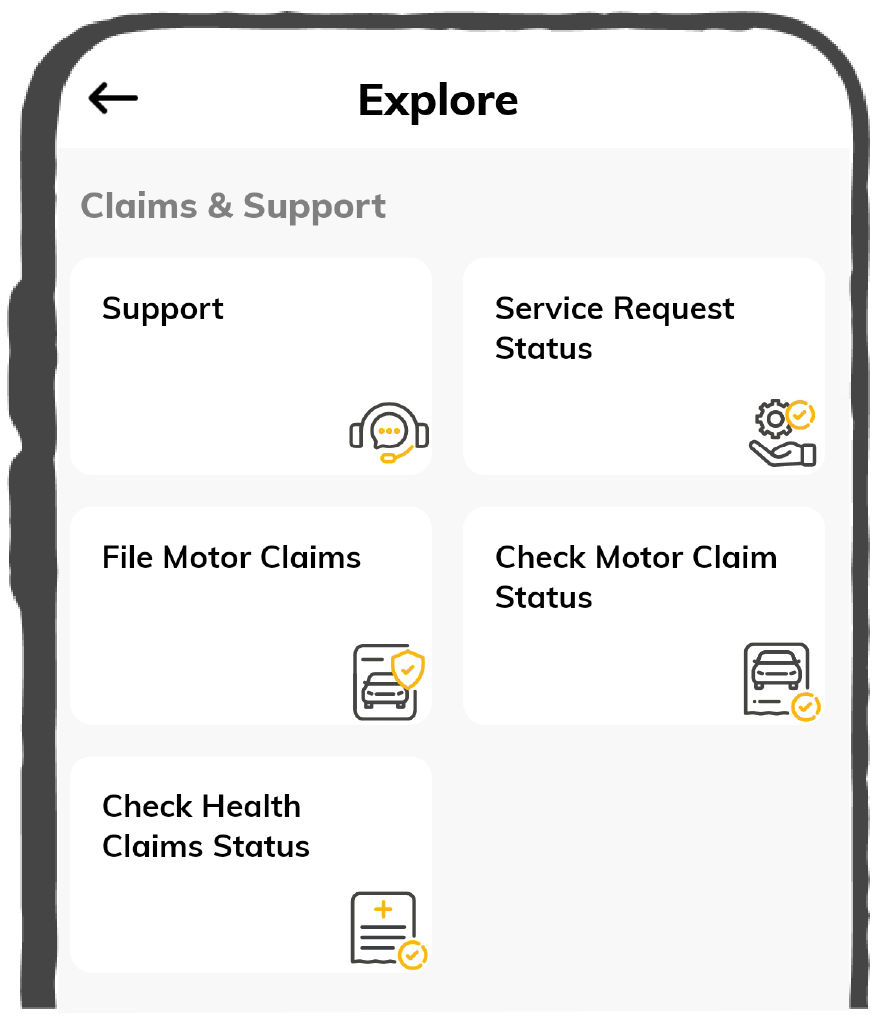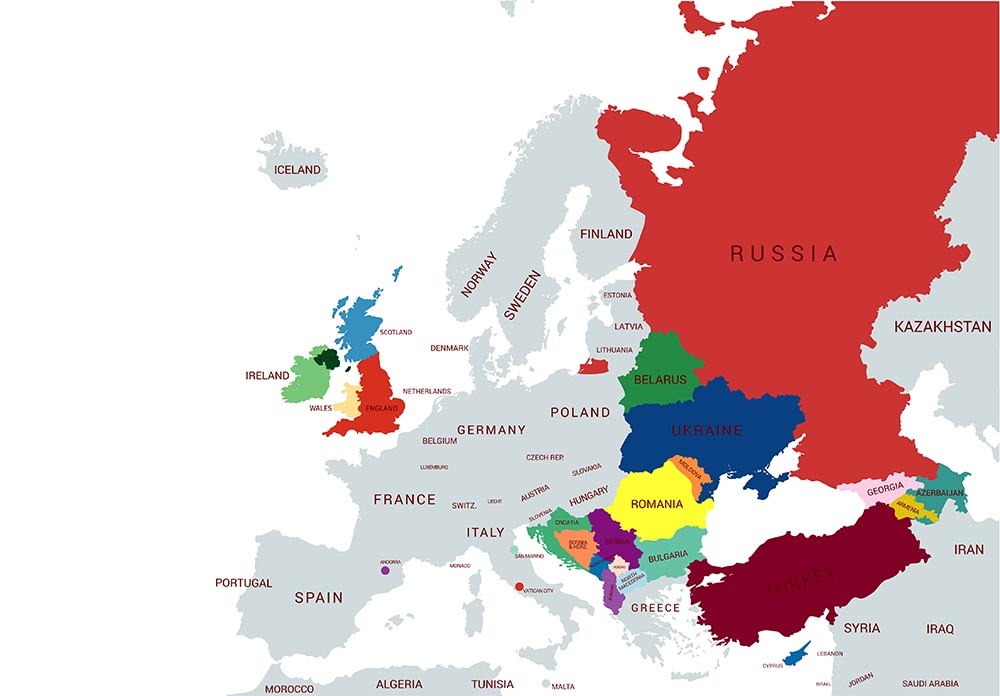
Premium starting ₹395
100% Claims Settled (FY 24-25)

Accessibility Options

General

General Products
Simple & Transparent! Policies that match all your insurance needs.


37K+ Reviews
7K+ Reviews
Scan to download

Life

Life Products
Digit Life is here! To help you save & secure your loved ones' future in the most simplified way.


37K+ Reviews
7K+ Reviews
Scan to download

Claims
Claims
We'll be there! Whenever and however you'll need us.


37K+ Reviews
7K+ Reviews
Scan to download

Resources
Resources
All the more reasons to feel the Digit simplicity in your life!
 Tools & Calculators
Tools & Calculators


37K+ Reviews
7K+ Reviews
Scan to download

37K+ Reviews
7K+ Reviews
Select Preferred Language
Our WhatsApp number cannot be used for calls. This is a chat only number.

Enter your Mobile Number to get Download Link on WhatsApp.
You can also Scan this QR Code and Download the App.

Premium starting ₹395
100% Claims Settled (FY 24-25)


The Schengen area covers major countries in Europe that are ideal for a full European tour for leisure, business, etc. The Schengen region comprises 27 countries that have an agreement for the ease of travel across their borders. The term Schengen comes from a small village in Luxembourg, on the border of Germany and France, where the Schengen Convention and Agreement were signed in 1985 and 1990.
The continent of Europe is not limited to these 29 Schengen countries.
So, what about the rest?
Let’s take a look at the non-Schengen countries in Europe.

Non-Schengen countries are those which are not a part of the Schengen Agreement. Not every European state is, by default, a Schengen state. These countries require travellers to apply for a separate national travel visa to visit or gain entry into those countries.
Here is the list of 21 countries that do not belong to the Schengen area:
There are a few countries you can visit with a Schengen visa, even if they are not a part of the Schengen zone. These include Albania, Belarus, Bosnia and Herzegovina, Bulgaria, Cyprus, Kosovo, Montenegro, North Macedonia, Romania, Serbia and Turkey. It is advised to refer to the visa regulations from the country’s original site before applying.
The microstates of San Marino, Monaco, and Vatican City are not official members of the Schengen Zone. However, they are considered ‘de facto’ (in practice) inside the area; and, therefore, do not impose border controls.
Russia, while geographically part of Europe, is a non-Schengen country as well. It, therefore, imposes its own border controls and travel restrictions.
The European Union (EU) is a political and economic union among 29 countries. They detail more than just travel and visa policies for the member states. The list of non-Schengen EU Countries are:
There are also four non-EU countries that are members of the Schengen area. They are:
Obtaining a Schengen Tourist Visa from India reduces the workload immensely if you are travelling to multiple countries in Europe. Apart from the 27 Schengen countries, you can also travel to a list of non-EU countries with a Schengen Visa. They are:
Note: Bulgaria and Romania are two EU countries that are not a part of the Schengen Agreement, but if you have a valid Schengen visa, you can still enter and visit these countries without a visa.
Holders of any type of valid and multiple entry visa (such as a Schengen Visa) need not apply for a separate country-specific visa to travel for business, tourism or transit.
You can also read about the different types of Schengen Visas here.
The United Kingdom is neither a part of the Schengen area nor a part of the European Union, having opted out in 1999 and 2020, respectively.
The United Kingdom is neither a part of the Schengen area nor a part of the European Union, having opted out in 1999 and 2020, respectively.
Yes, you can visit non-European countries with a valid multiple-entry visa such as a Schengen visa. Countries like Georgia, Belarus, Serbia, Mexico and many more consider a Schengen visa as a valid visa for business, tourism and transit.
Yes, you can visit non-European countries with a valid multiple-entry visa such as a Schengen visa. Countries like Georgia, Belarus, Serbia, Mexico and many more consider a Schengen visa as a valid visa for business, tourism and transit.
European countries not in the Schengen area require travellers to apply for a separate visa before visiting that country. The process is specific to each country, but a generic procedure is as follows: Contact the nearest embassy/consulate of the country you are going to. Gather and submit all necessary documents as required. Fill out the application form and wait for a response. You might be required to attend an interview as further steps. It is important to check the official embassy website or tourism website of the country you are travelling to before you set off on your journey.
European countries not in the Schengen area require travellers to apply for a separate visa before visiting that country. The process is specific to each country, but a generic procedure is as follows:
It is important to check the official embassy website or tourism website of the country you are travelling to before you set off on your journey.
A Schengen visa allows travellers to move freely across the boundaries of the 27 Schengen member states. In comparison, a normal visa is country-specific and allows travellers to move within he boundaries of that country.
A Schengen visa allows travellers to move freely across the boundaries of the 27 Schengen member states. In comparison, a normal visa is country-specific and allows travellers to move within he boundaries of that country.
Travellers can stay for up to 90 days (about 3 months) in a non-Schengen country. If you are planning on staying longer, it is important to have a valid visa on you.
Travellers can stay for up to 90 days (about 3 months) in a non-Schengen country. If you are planning on staying longer, it is important to have a valid visa on you.
Croatia recently joined the Schengen area. The country signed the Schengen agreement on 1st January 2023, becoming the 27th member of the Schengen Area.
Croatia recently joined the Schengen area. The country signed the Schengen agreement on 1st January 2023, becoming the 27th member of the Schengen Area.
The European Union is an economic and political union of several European countries. The Schengen Area is a travel region of 27 European countries where citizens can easily travel across borders with a single Schengen visa.
The European Union is an economic and political union of several European countries. The Schengen Area is a travel region of 27 European countries where citizens can easily travel across borders with a single Schengen visa.
The one crucial thing you should know before visiting non-Schengen European countries is that healthcare costs can be really high, and your domestic health insurance may not cover you abroad. For example, an emergency room visit in a public hospital can cost around €100, but non-residents might face higher fees. An international travel insurance can help cover these expenses, ensuring you receive necessary medical care without incurring significant out-of-pocket costs.
The one crucial thing you should know before visiting non-Schengen European countries is that healthcare costs can be really high, and your domestic health insurance may not cover you abroad. For example, an emergency room visit in a public hospital can cost around €100, but non-residents might face higher fees. An international travel insurance can help cover these expenses, ensuring you receive necessary medical care without incurring significant out-of-pocket costs.
Currently there are no news to show.
Read More
